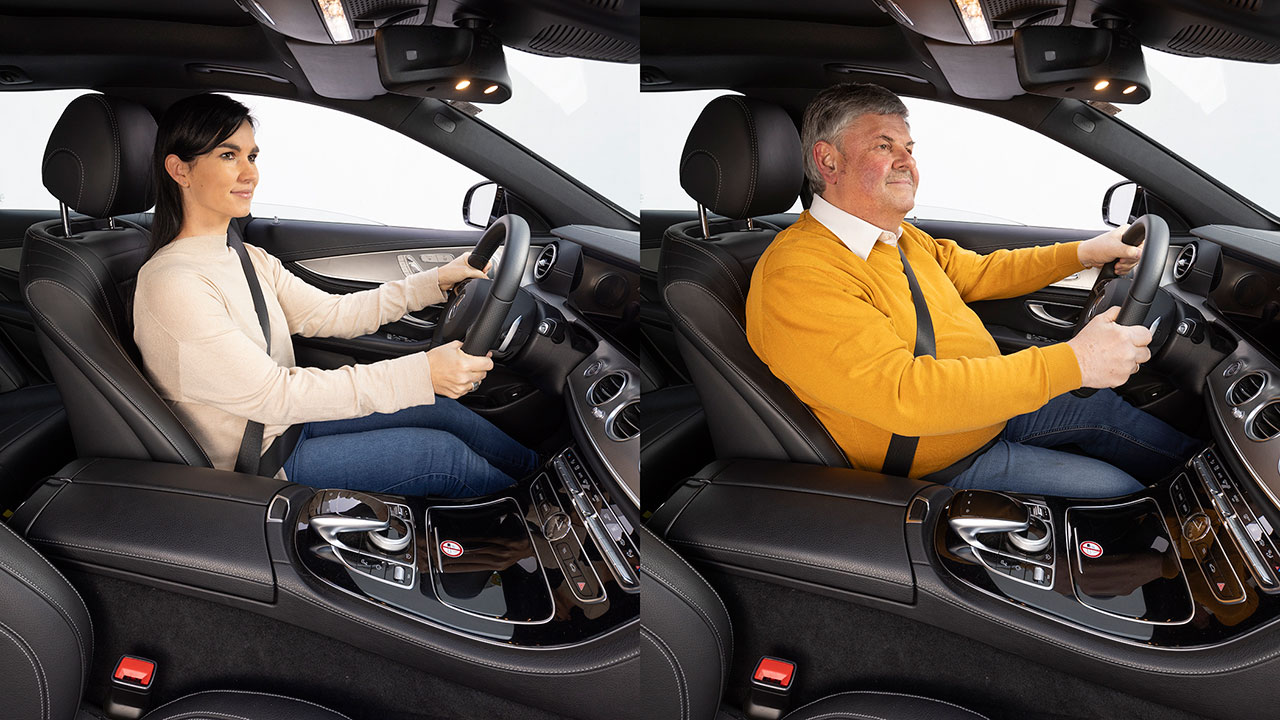The new seatbelt system is based on a multi-stage load limiter (MSLL). It adapts the force of its response to the size and weight of the wearer, rather than taking a one-size-fits-all approach.
The idea is to better manage the impact on the human body during a crash, from the initial impact to the point where the person hits the airbag.
It is designed to meet the stricter requirements of the Vision 2030 plan published by Euro NCAP at the end of 2022.
Some systems today have a two-stage controllable load limiter (TSLL), but MSLL will go much further, giving engineers several options when it's linked to sensors both inside and outside the car.
Because it is multi-stage, it can vary the restraint forces at different stages of the crash, and also vary the force according to the size, weight and shape of the occupant. It can also take into account 'out-of-position' scenarios, where occupants may be twisting or otherwise not sitting in a way that allows the seatbelt to be most effective.
Information from interior cameras that detect occupant movement helps to control the system. Sensors in the seatbelt can measure how far it has been extended, giving an idea of the person's circumference and therefore their size and weight.
Linked to external radar and cameras, MSLL's networked seatbelt system will know which direction an impact is coming from. Armed with this knowledge, it can adapt to smaller people, including children in the back seat, especially in low-speed crashes up to about 35 km/h. Older people, who have a higher risk of injury due to age dependent changed bone structure, can also benefit from this. In addition, the system also potentially improves occupant safety for heavy people in overload accidents (with impact speeds above 56 km/h).
ZF says the new seatbelt technology will first enter service with European automakers in 2025.
Source: ZF


